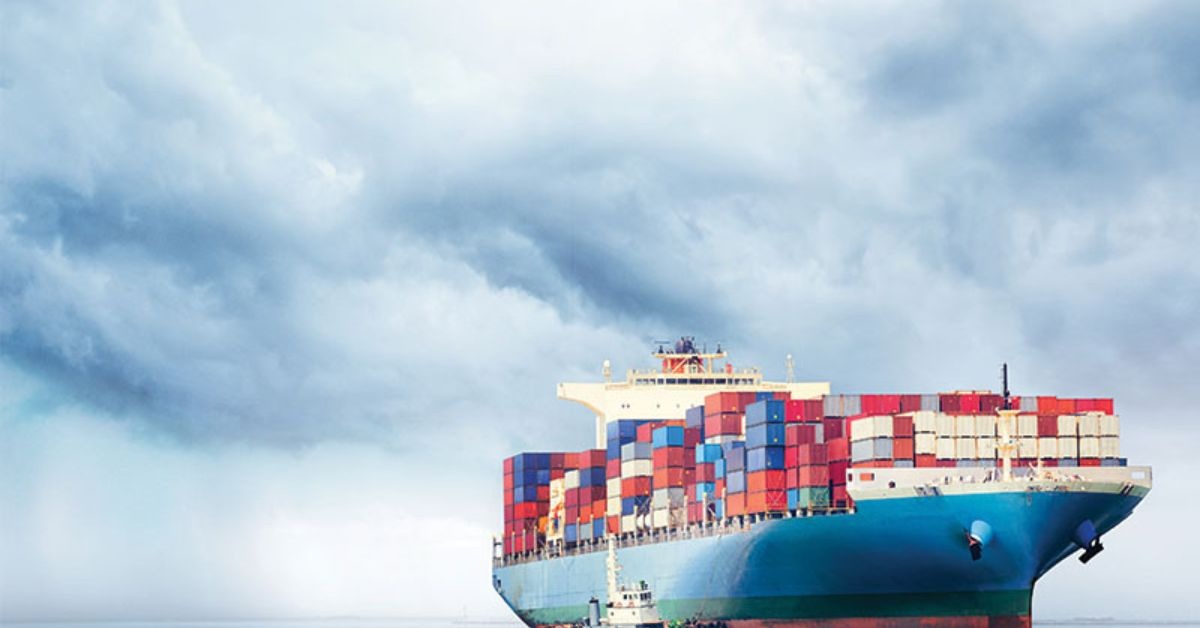Global container shipping lines are escalating their fight for cargo as volumes soften and fleet capacity surges to record highs. Freight rates have now declined for ten straight weeks, while the usual summer peak season has fallen short of expectations on both Asia–Europe and transpacific trades, according to data provider Upply.
Meanwhile, Alphaliner reports that the global container ship orderbook is close to hitting an unprecedented 10m teu, pushing the orderbook-to-fleet ratio to 30.4%. This wave of new tonnage, fuelled partly by carriers’ fear of missing out, has intensified competition.
Carriers are adopting different tactics to withstand the downturn. Maersk and Hapag-Lloyd, through their Gemini alliance, are attempting to differentiate with premium, service-driven offerings aimed at justifying higher freight rates. While this has resonated with a select group of major shippers, uptake has been limited.
By contrast, MSC is pursuing a volume-driven approach, leveraging strong ties with leading forwarders and loyal big customers to “hoover up” cargo. Carriers in the Ocean and Premier alliances may follow MSC’s example, but their reliance on alliance structures means network adjustments are slower to implement, leaving them more exposed in the short term.
According to experts, some lines may also seek to improve margins by pivoting towards shorter regional routes operated by smaller, high-frequency vessels. Yet here, they face entrenched competition from local carriers such as PIL and Wan Hai, which have long dominated these markets and often acted as subcontractors to the global majors at key Asian hubs.
India could emerge as an attractive growth market, though uncertainty over evolving US tariff policy clouds the outlook. “The structural slowdown in east–west volumes, coupled with new US customs duties, does not augur well for carriers’ second-half performance,” experts warned. “This makes forecasting for 2025 and budgeting for 2026 especially challenging, given the volatility in trade with the world’s largest economy.”









